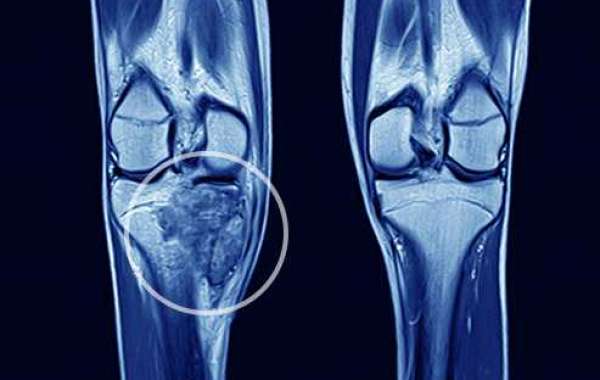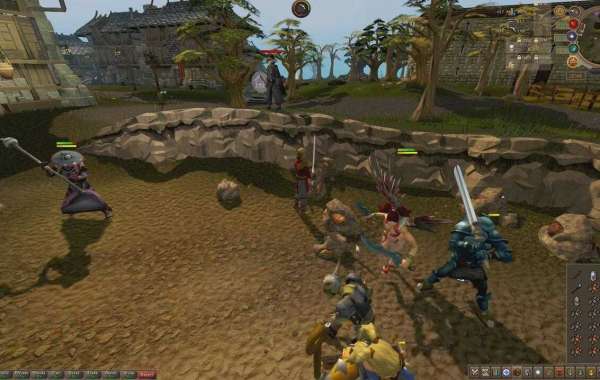Bone cancer is the uncontrolled growth of cells in the bones. It is also known as osteosarcoma and is most often observed in the long bones of legs and arms. A tumour can be benign or malignant (spread to other parts of the body). Bone cancer can be classified as primary, that originates in the bone cells itself, and secondary, that has metastasized from other part of body and develop cancer in the bones. Primary bone cancer are rare. Multiple myeloma is a type of blood cancer that can lead to development of one or more bone tumours.
Usually the first bone cancer symptom is a persistent nagging pain in the bone of the affected area. The pain becomes worse over time, but a person may not realize the severity till many months.
Sometime people with bone cancer may not experience any symptoms or signs or, the symptoms may be caused by a different medical condition, other than cancer.
As a bone tumour continues to grow, it starts pressing on surrounding healthy bone tissue and may begin to destroy them, causing the following symptoms:
Bone Pain: It is the earliest symptom of bone cancer. Pain and swelling are felt where the tumour is located. The pain may be subtle at first and then gradually become more severe and persistent. The bone pain usually gets worse while moving, and may be accompanied by swelling in the nearby soft tissue.
Joint swelling and stiffness: A bone tumour may occurs near or in a joint which cause the affected joint to swell. The joint may later become tender or stiff. This limits the range of motion or make the movement painful.
Fractures: The cancer in the bone makes it weak and easier to break, resulting in a fracture. It may occur in an area of the bone that is sore or hurting for some time.
Reduced mobility and limping: As bone with tumour can break or fracture easily in a leg, it can lead to a limp. This is usually considered a symptom of a later-stage of bone cancer.
Other less common symptoms include:
Although rare, people with bone cancer may have other symptoms including fever, unexplained weight loss, anaemia (a low level of red blood cells) and a generally feeling unwellness. Sometimes, a lump may also be seen in the affected area.
If you notice any of these changes or experience significant pain, consult a doctor to confirm. The doctor will take note of how long and how often the symptoms have been affecting you, and recommend the appropriate diagnostic tests on the basis of this.
The diagnosis of the disease involves blood tests and imaging tests, including CT scan, MRI, X ray and others. PET scan and Radionuclide bone scan may also be performed to detect whether the cancer has spread to other bones or parts of the body.
Further, a biopsy may also be performed to grade and stage the tumour and asses if it is benign or malignant. A sample for testing can be collected by fine needle aspiration, core needle aspiration, incisional biopsy and excisional biopsy.
If the bone tumour is detected in a person, a multidisciplinary team of cancer and bone specialists work together to determine a treatment plan. The choice of treatment depends on several factors such as the type of bone cancer, stage and location of the tumour, its aggressiveness and whether it has metastasized or not.
Indian hospitals offer all kinds of bone cancer treatment options to patients with a comprehensive care regimen. The average cost of bone cancer treatment in India is comparatively lower than several other countries but with equally good quality of care.
The common treatment options for bone cancer include:
Surgery: to remove the tumour and some surrounding tissues of the bone.
Chemotherapy: special drugs (anti-cancerous) are used to destroy the cancerous cells.
Radiation therapy: High energy radiation is used to kill the tumour cells. This therapy can be used in combination with other treatment options.
Cryosurgery: In this, liquid nitrogen is used to freeze and destroy the cancer cells.
Targeted therapy: uses particular drugs to target specific molecules on cancer cells.








